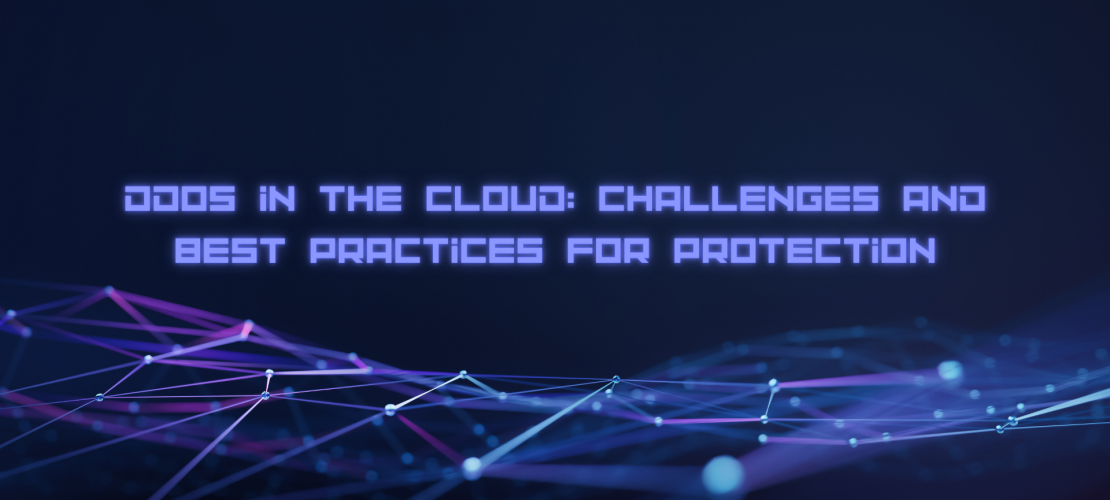Introduction
Distributed Denial of Service (DDoS) attacks have become increasingly common, and cloud-based systems are not immune to them. In fact, the nature of cloud computing can make it more vulnerable to these types of attacks. This blog will explore the challenges of protecting against DDoS attacks in the cloud, as well as best practices for mitigating them.
Cloud Computing and DDoS Attacks
Cloud computing has revolutionized the way businesses store, process, and manage data. However, this convenience and accessibility have also made cloud-based systems an attractive target for cybercriminals. DDoS attacks can be launched against cloud service providers, individual customers, or both.
DDoS attacks overload a network, server, or application with traffic, causing it to slow down or even crash. In the case of cloud computing, the shared nature of resources can make it easier for an attacker to launch a successful DDoS attack. An attack on one customer can cause a ripple effect that impacts other customers on the same cloud infrastructure.
Challenges in Protecting Against DDoS Attacks in the Cloud
Protecting against DDoS attacks in the cloud presents unique challenges. Some of these challenges include:
- Scalability
Cloud-based systems are designed to be scalable, allowing for rapid deployment and resource allocation. However, this same scalability can make it difficult to determine the baseline level of traffic and distinguish legitimate traffic from malicious traffic during a DDoS attack. - Shared Resources
Cloud computing relies on shared resources, such as servers, storage, and networks. This shared nature can make it easier for attackers to exploit vulnerabilities and launch a successful DDoS attack against multiple customers. - Varying Attack Vectors
DDoS attacks can be launched through various attack vectors, including application layer attacks, network layer attacks, and protocol attacks. Each attack vector requires a different mitigation approach, which can make it challenging to effectively protect against all types of DDoS attacks in the cloud.
Best Practices for Protecting Against DDoS Attacks in the Cloud
Despite the challenges of protecting against DDoS attacks in the cloud, there are several best practices that can help mitigate the risk of an attack:
- Choose a Cloud Service Provider with Built-In DDoS Protection
When selecting a cloud service provider, look for one that offers built-in DDoS protection as part of their service offering. This can provide an additional layer of defense against attacks. - Implement Cloud-Based DDoS Mitigation
Cloud-based DDoS mitigation solutions can be highly effective in protecting against attacks. These solutions use advanced algorithms to detect and mitigate attacks in real-time, without disrupting legitimate traffic. - Use Multiple Layers of Defense
Implementing multiple layers of defense, such as firewalls, intrusion detection and prevention systems, and load balancers, can help to reduce the impact of a DDoS attack. - Regularly Test and Update DDoS Protection Measures
Regularly testing and updating DDoS protection measures is essential to ensuring their effectiveness. This includes reviewing and updating firewall rules, testing DDoS mitigation solutions, and conducting regular vulnerability assessments. - Develop an Incident Response Plan
Developing an incident response plan can help ensure a rapid response to a DDoS attack, minimizing the impact on your organization. This plan should include procedures for detecting and mitigating attacks, as well as communication protocols for notifying stakeholders and coordinating the response effort.
Conclusion
DDoS attacks in the cloud can be a serious threat to businesses, but there are steps that can be taken to mitigate the risk. Choosing a cloud service provider with built-in DDoS protection, implementing cloud-based DDoS mitigation solutions, using multiple layers of defense, regularly testing and updating protection measures, and developing an incident response plan are all




